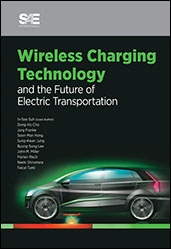Technical Paper
the potential of Unconventional Powerplants for Vehicle Propulsion
1959-01-01
590039
COMPARISON of work capacity per unit mass and volume of different energy carriers shows that liquid hydrocarbons are superior to other energy sources. Solar and nuclear powerplants as well as their use in conjunction with a steam engine are examined in this paper. Suitability of an electric drive is discussed. Using a production 2-stroke diesel engine and its development forecast, a comparison is made of spark ignition, diesel, and gas turbine engines. The status of the free-piston engine turbine combination is reviewed.

